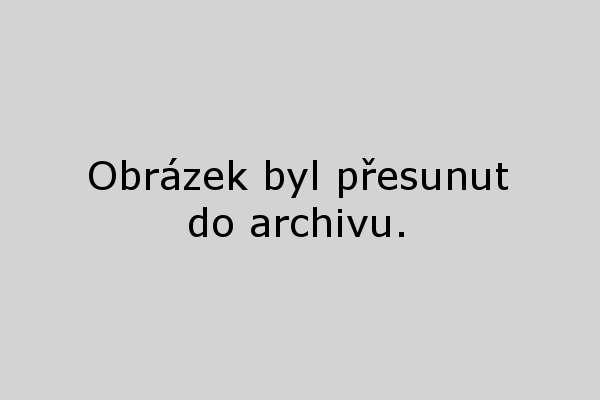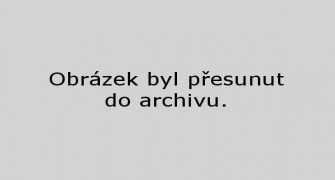
A certain amount of attention has been dedicated to the question of an avant-garde tradition passed on to contemporary architecture in Bohemia and Moravia, especially in Brno, over the past twenty years. It was initiated by the works of the mature generation of architects, who deliberately, yet not systematically, reflected the influence of this tradition in the tone of their own projects and buildings. Although the major opportunities for investment after 1989 were concentrated in Prague, the most remarkable and noteworthy, in terms of style, were the products of Brno architects. We can even observe a tendency towards exclusivity in particular examples of individual buildings. However, it is still possible to recognise existing principles of contemporary modern buildings that are non-high rise, beautiful, practical, non-ostentatious and even relatively economical. Perhaps, it is possible to perceive this as a continuation of a tradition of new and cultivated architecture for middle-class society building upon a bequest of non-systematic, yet highly architecturally fine, public and relatively well-preserved constructions.
There is an eminent opposition of programmes, and in Brno the programmes have never been used as an argument for self-expression or defence. This function is almost always fulfilled by the project or the completed, though imperfect, realization. This feature, in particular, is worth-noticing in connection with focus on the call for a resuscitation of building craft, not only in the sense of mechanically perceived features and details following the vision of functionalism, but the real human building and creation of a culture of building in general (for instance the IPB bank building on Joštova/Česká street, pavilion G at the Brno Exhibition Centre, the DPMB building on Novobranská street, Kapitol House on Rašínova or the Brno – Komín district city hall). In the area of theory being put into practice, which was once dominated by a unified style, the whole scale of "isms" has flourished. And that is how the various ways of working came into existence. Those ways represent blurred, yet distinct and often puzzling tendencies of contemporary excesses, aiming only at originality and tastes. Besides these, there are also more appreciated approaches, which lead from the abstraction of building volume to erecting the actual building possessing modern, but not only functionalist, aesthetics (the Riviéra river spa, the Library at the Faculty of Arts of Masaryk University, the reconstruction and extension of the Leisure Centre at Kraví Hora, a detached house in Luhy, Jundrov, or a detached house on Kamenná street).

It is appropriate also to mention and try to name the things that have already disappeared from the sight of the general public or even were never manifested very distinctively. At the beginning of the 90s', we as architects had the opportunity to be introduced to public displeasure with unsuccessful, mechanically applied postulates of "functionalist" creators. This includes, mainly, deurbanising mechanical building and developer initiated constructions on the city suburbs. Together with a tolerant and gradually positive acceptance of the functionalist legacy we can find a tendency towards regulation which logically includes the sense of development of urban and adjacent area cultivation and not only the theme of villas in Brno. Brno's "white villa" functionalism originated from the situation of a prospering, liberated, newly flourishing city built on the basis of Austrian industry. Today, something very similarly solid ought to be subjoined, generally as a shared value of what has been achieved – in the sense of the quality of architectural construction and public interest (reconstruction of the Denis Gardens, Brno's circular boulevard and new parks in South Center, the Triniti administrative buildings complex or the Obora Leisure Centre).

Brno as a contemporary, sufficiently public-friendly city can build upon a variety of new architectural and scenery opportunities, which would have a solid base. This would have to be supported by other circumstances such as an effort to decentralize state power and support for Brno with its development plans regarding South Center, Ponava or the Svratka valley.

An administrative and supraregional perception of a cultural background, where Brno functions as the undoubted capital of the Moravian region situated in the middle of a "new republic", as the junction of major roads in this European region including the recreational potential in the environs of the city, can draw a parallel with the present situation.
Petr Hrůša